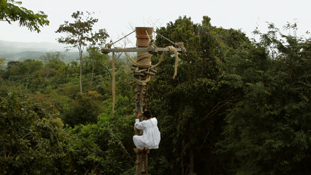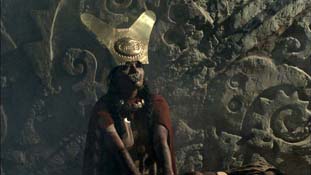TAC Fest 2013 Pages
 |
 |
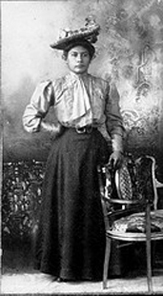
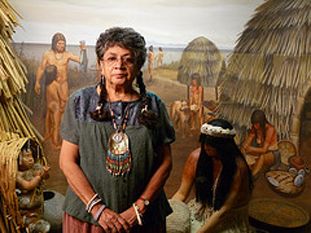
Ernestine De Soto is a Chumash Native American whose mother, Mary Yee, was the last speaker of her native Barbareño language. In 6 Generations, she tells her family history, reaching back to the days when the Spanish made first contact in Santa Barbara. Famous anthropologist John Peabody Harrington, whose work focused on native peoples of California, started research with her family in 1913 and continued with three generations for nearly 50 years. This inspired Ernestine's mother to begin taking notes and, combined with mission records (which survived intact from the late 1700s), they form the heart of this story. The impact of loss of land, language, culture, and life itself is made all the more clear as this story is told in Native American voices describing the events as they experienced them. Ultimately, it is a story of survival and the fierce endurance of Ernestine's ancestors, particularly the women.
VIEW SHORT VIDEO CLIP:
Length: 57 min.
Country: USA
Language: English
Director: Paul Goldsmith
Producer: John R. Johnson
Producer Web site: http://paulgoldsmithasc.com/sixgenerations.html
Distributor: Documentary Educational Resources
Distributor Web site:www.der.org
Awards/Selections:
N/A
 |
 |
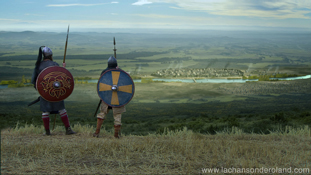
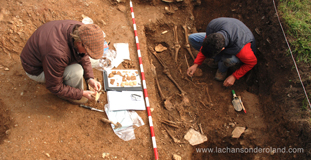
Thousands of people in high schools throughout all of Europe have studied the song of Roland, a 1200 year old French epic poem and one of the most essential literary components of European heritage and culture. But over a thousand years after the Battle of Roncesvalles took place, how do we know how much of the story is fact and how much is fiction? 778: The Song of Roland takes us on a historical and archaeological trip, searching for the origins and the significance of one of the oldest and most well known works in European history.
VIEW SHORT VIDEO CLIP:
Length: 77 min.
Country: Spain
Language: English
Director: Oliver Van Der Zee
Producer: Alberto Rojo, Idem4
Producer Web site: www.idem4.com
Distributor: Idem4
Distributor Web site: www.idem4.com
Awards/Selections:N/A
 |
 |
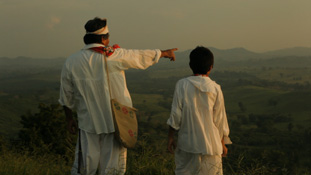
This is a study of the rich cultural traditions of the Totonac people of Veracruz, Mexico, who have resided there for thousands of years. In Spanish, the term “canicula” referes to the forty most torrid days of the year. For the Totonac, this period, known as the “days of the bleeding sun,” is marked with important rites and ceremonies. When the time comes, four boys and one elder climb to the top of a pole that rises above the forest. The eldest takes his place at the very top, where he performs a traditional song and dance while the four boys cast themselves backwards, only their feet tied by a rope, as they spin around the pole to make their descent. This ceremony of symbolic sacrifice and rebirth dates back 500 years and continues to be an important element in the preservation of the Totonac culture and identity.
VIEW SHORT VIDEO CLIP:
Length: 72 min.
Country: Mexico
Language: Spanish and Totonac with English Subtitles
Director: Jose Álvarez
Producer: The Cinema Guild
Producer Web site: http://cinemaguild.com/
Distributor: The Cinema Guild
Distributor Web site: http://cinemaguild.com/
Awards/Selections:
Official Selection, True/False Festival, 2012
Official Selection, Thessaloniki Documentary Festival, FIPRESCI Award Winner, 2012
International Showcase, Los Angeles Film Festival, 2012
 |
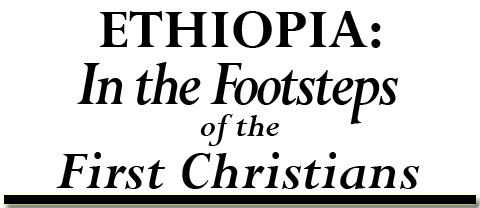 |
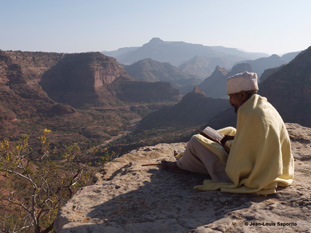
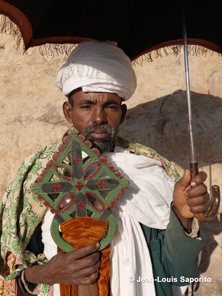
Northern Ethiopia is the birthplace of Ethiopian Christianity, a religion practiced by almost half of the country’s 80 million people. In the northern province of Tigray lies a remote territory dedicated completely to the monastic life, the Waldeba. The Waldeba is home to about a thousand monks and hermits that lead secluded lives of abstinence, fasting and prayer. For these religious people, dying in Waldeba is the way to gain direct access to heaven. In this film, the first documentary on the region, François Le Cadre goes to Waldeba to observe the religious practices of the monks and learn about Saint Samuel, the founder of the most important regional monastery called “the land of the monks.”
VIEW SHORT VIDEO CLIP:
Length: 53 min.
Country: France
Language: English
Director: Jean-Louis Saporito
Producer: Aline Houdy and Thierry Gautier, TGA Production
Producer Web site: www.tga.fr
Distributor: ARTE France
Distributor Web site: www.arte.fr
Awards/Selections:
Festival Scoop Grand Lille 2011: prize of the scientist investigation.
 |
 |
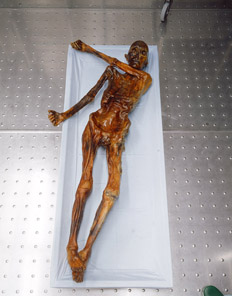
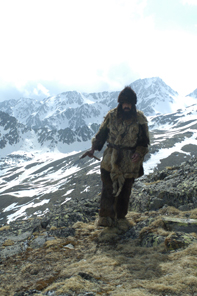
He’s been dead for more than 5,000 years and poked, prodded, and probed by scientists for the last 20. Yet Őtzi the Iceman, the famous mummified corpse pulled from a glacier in the Italian Alps, continues to keep us asking questions. Now, through an autopsy like no other, scientists attempt to unravel the mysteries about this ancient mummy, revealing not only the details of Őtzi’s death but also the entire Copper Age way of life. How did people live during Őtzi’s time? What did they eat? What diseases did they cope with? Join Nova as we defrost the ultimate time capsule: the 5,000-year-old man.
VIEW SHORT VIDEO CLIP:
Length: 57 min.
Country: US
Language: English
Director: David Murdock and Brando Quilici
Producer: NOVA and National Geographic
Producer Web site: www.pbs.org
Distributor: NHK Enterprises and National Geographic Channel International Distribution
Distributor Web site: http://www.pbs.org/wgbh/nova/ancient/iceman-murder-mystery.html
Awards/Selections:
Cine Golden eagle Awards, 2012
Jackson Hole Science Media Competition, 2012
Pariscience Documentary Awards, 2012
2012 News and Documentary Emmy Awards
 |
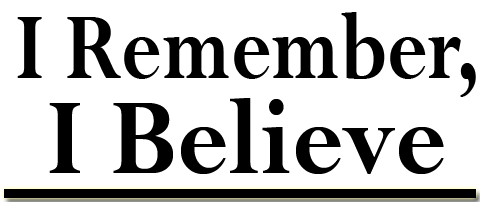 |
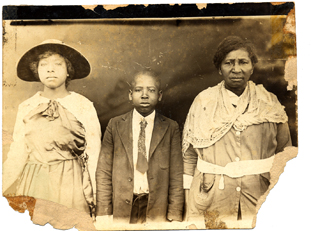
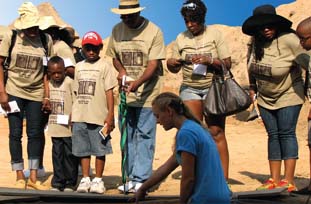
I Remember, I Believe tells the story of the Avondale Burial Place, an African-American burial ground discovered by the Georgia Department of Transportation (GDOT) during planning for the Sardis Church Road Extension Project. The trauma found on the bones, the large number of infant and children burials, and the protective charm artifacts found with the bodies tell a story of the difficulties of tenant life. All are evidence of their hardships. I Remember, I Believe looks at the history of African-American tenancy and the Great Migration through the legacy of an archaeological site and 101 burials and visually describes a descendant community’s discovery of their past.
VIEW SHORT VIDEO CLIP:
Length: 33 min.
Country: US
Language: English
Director: Chad Carlson
Producer: Georgia Department of Transportation, Office of Environmental Services
Producer Web site: www.dot.state.ga.us
Distributor: Georgia Department of Transportation, Office of Environmental Services
Distributor Web site: www.dot.state.ga.us
Awards/Selections:
Transportation Research Board ADC50 Committee on Archaeology and Historic Preservation, Summer 2012 Meeting Film Festival, Lancaster, PA - July 15, 2012
Society for Georgia Archaeology Fall Meeting, Columbus, GA - October 27, 2012(scheduled)
Project received Federal Highway Administration Excellence in Human Environment Initiative award in August 2012
Georgia Municipal Cemetery Association Annual Meeting, Atlanta, GA - September 21, 2012
 |
 |
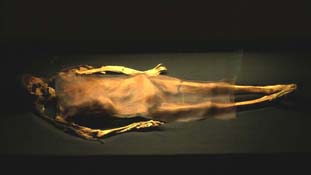
The Lady of Cao is the first female ruler of pre-Columbian Peru ever to be discovered by archaeologists. She is believed to have governed in the Chicama Valley, very close to the city of Trujillo, about 1700 years ago. The discovery of her tomb in 2006 was a major breakthrough in the development of our understanding about the Moche civilization, which left no written records but richly described itself in its iconography. Through historical recreations, we learn what the Moche society of the area was like and the importance of this mysterious tattooed mummy in her time.
VIEW SHORT VIDEO CLIP:
Length: 52 min.
Country: Spain
Language: English
Director: José Manuel Novoa
Producer: Óscar Portillo
Producer Web site: www.explorafilms.com
Distributor: Explora Films
Distributor Web site: www.explorafilms.com
Awards/Selections:
N/A
 |
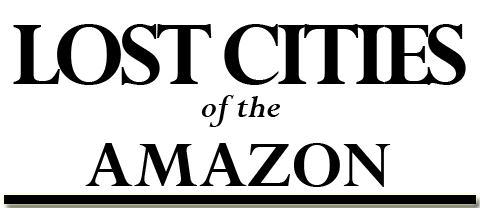 |
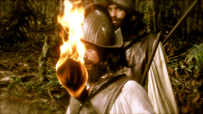
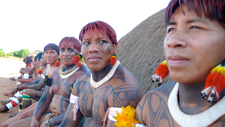
The Amazon is the largest tropical rain forest on the planet, seemingly untouched by man until the Twentieth Century. But today, science is peeling back the canopy to reveal an untold history, one in which great swathes of the dense jungle were once gardens and farms, successfully managed by a huge and organized civilization. This new evidence leads one wonder if the old legends of lost cities might be based in truth. This film reconstructs conquistador Francesco de Orellana’s epic journey in search of the mythical city of gold: El Dorado. Today, archaeologist Eduardo Neves has found more than a hundred ancient sites in the central Amazon and, with the aid of satellite photographs, archaeologist Professor Michael Heckenerger has unveiled a complex of huge villages. This ancient society lived in a way similar to that of the Kuikuro tribe living in the area today.
VIEW SHORT VIDEO CLIP:
Length: 50 min.
Country: US
Language: English
Director: Phillip J. Day
Producer: Phillip J. Day
Producer Web site: www.edgewest.com
Distributor: National Geographic Channel
Distributor Web site: www.channel.nationalgeographic.com
Awards/Selections:
Premier on National Geographic, 2008
Silver Telly Award, 2010
International Review of Archaeological Cinema in Italy, October 2012
 |
 |
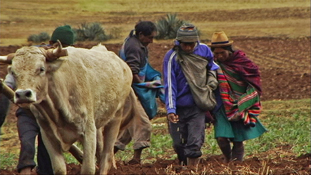
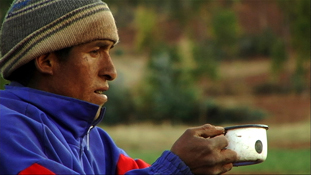
A young indigenous Peruvian man and his wife and son have farmed most of their lives in a small village in the mountains above the Sacred Valley. Like many, he believes that life in the city would be better than his village life. At sixteen, he left for the city, but when his father died, had to return to his village to work and care for his family. Now he has a young son of his own and, like his father, desires to see his son study in the city and become something more than he has become. Interwoven with the complex history of a people, this story paints a vivid picture of this man's life, the conflict between his love of the land and the work he has learned from his father, and the desire to see his son living what he sees as a better life in the city.
VIEW SHORT VIDEO CLIP:
Length: 100 min.
Country: Peru
Language: Spanish and Quechan with English subtitles
Director: Jason Burlage
Producer: Jason Burlage
Producer Web site: http://www.michacrafilm.com/
Distributor: Documentary Educational Resources
Distributor Web site: www.der.org
Awards/Selections:
Special Heart of Slavonia Award, 9th International Film Festival - The Heart of Slavonia, Croatia, 2012
Grand Prize Inkafest Film Festival, Huraz Peru, 2011
Honorable Mention, SVA Film & Media Festival, 2011
Grand Prize, Banff Mountain Film Festival, 2010
9th International Film Festival - The Heart of Slavonia, Croatia, 2012
22nd Montreal First Peoples' Festival, Canada, 2012
XIV Moscow International Festival of Mountaineering and Adventure Films, 2011
VII INKAFEST Mountain & Environment Film Festival, Lima, Peru, 2011
Festival Filmar En America Latina, Geneva, 2011
Starz Denver Film Festival, 2009
Calgary International Film Festival, 2010
International Documentary Encounters Colombia, Bogotá, 2010
Margaret Mead Film & Video Festival, New York, 2010
Big Sky Documentary Film Festival, Missoula, Montana, 2010
It's All True International Documentary Film Festival, Sao Paulo/Rio de Janeiro, Brazil,
 |
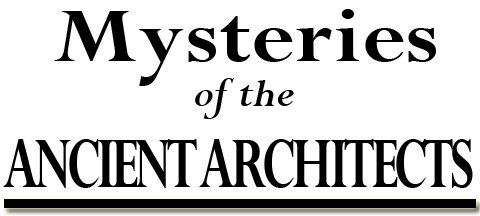 |
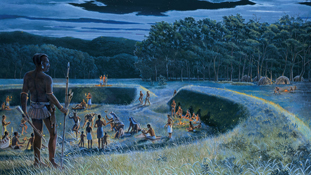
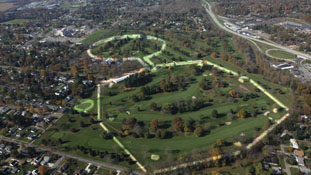
Beginning over 2000 years ago, enormous earthworks were built along Ohio’s Scioto River, all constructed on a grand scale with intriguing precision. Many were designed as combinations of giant geometric squares, circles, and octagons. Amazingly, the earthworks seem to adhere to a master architectural design, the earthen signature of a bygone culture. We will never know what these people called themselves, but today the ancient builders are known to archaeologists as the Hopewell Culture. These people had neither towns nor villages. But they did have big ideas and advanced understandings of geometry and astronomy to carry them out. The mysteries persist. Yet, here, we find a tantalizing glimpse into a way of life that resulted in monuments of earth that challenge the imagination.
VIEW SHORT VIDEO CLIP:
Length: 52 min.
Country: US
Language: English
Director: Gray Warriner
Producer: Gray Warriner, Camera One
Producer Web site: www.cameraone.us
Distributor: Camera One
Distributor Web site: www.cameraone.us
Awards/Selections:
N/A

